
Replacing the old Cairngorms hillwalker's guide, The Cairngorms & North-East Scotland is the first area guide to get a major revamp in the signature new design-led style of the Scottish Mountaineering Press. Packed full of fascinating background information on a diverse part of the country, this attractive and inspiring medium-format hardback tome is so much more than just a book of walks - though it is that too.

Radiating out from the core wild land of the high Cairngorms, the huge area covered by this guide spans the Angus Glens and The Mounth; the forests, farmland and smaller hills of Deeside and Speyside; and the moorland sprawl of the Monadhliath and Drumochter.
List-based hill books such as The Munros or The Corbetts by their nature range far and wide across Scotland. But they provide coverage in a very selective - you might even say superficial - way. If ticking the list is your prime concern then these may be all the Scottish walking books you need, and there's nothing wrong with that. But many folk want to take a more considered view of a place. What's different, and I think particularly valuable, about the area guides is the way they drill down into the detail of a particular region, looking beyond just the key summits to offer a deeper and more nuanced appreciation. The Cairngorms & North-East Scotland (CNES) is a big hit on this score.
To that end it supplements the many walk descriptions with an absolute wealth of supplementary information, giving it the feel of something halfway between a standard guidebook and a gazetteer (for want of a more contemporary term). Of course you'd expect big sections on geology, human and natural history - and there's plenty of all three. But there's lots more besides, and the text is liberally peppered with info sections on a host of other points of interest, from local landmarks to major geographic features. Historic figures crop up here and there, as do a few folk such as Adam Watson and Seton Gordon, who contributed in a big way to conservation or outdoor recreation in the area.
There's a double page devoted to the Shelterstone (the howff, not the crag); notes on all the major bothies; even a full page on trig points. If there's something notable on the ground then the chances are the authors have it covered in the book. I love that there's a whole chapter devoted to the main passes and through-routes, since these are a defining feature of the area; likewise the useful section summarising long-distance trails and the more obvious extended hill days such as the Cairngorm 4000ers, which will be useful for those thinking bigger than individual hills or hill groups. Use CNES to supplement your walking trips and you've got a fantastic window on the region, a resource that should really help to deepen your knowledge and appreciation of Scotland's North-East.
While this is a hillwalker's guide other activities do get a look-in, including sections on the history of skiing, and some advice on lochan swimming and mountain biking. My old 1992 edition of The Cairngorms also gave space to climbing, with notes on the major venues in each massif and even some nice crag pictures. Other than mentioning a couple of scrambles and mountaineering routes the revised 2024 version takes climbing out of the equation, and I do think it's a shame that so little mention is made of the major crags, since that's background info as relevant to a rounded understanding of a place as its nature and history. But this is a walking guide first and foremost, and given its scope and size it's arguable that something had to give.
The only scrambles covered in any depth are the three notable hands-on hillwalker's ridges. There's a page on the Fiacaill Ridge and a double-pager for the NE Ridge of Sgor an Lochain Uaine. Since both these ridges will often be snowy it's a bit of an omission that no mention is made of them as winter routes, and the specific demands of climbing them as such - something I'd bet a lot of non-climbers might not fully apprehend. Lochnagar's Stuic Buttress gets individual treatment too, and is sensibly described as both a grade 1 summer scramble and a grade I winter climb (for the benefit of walkers let's just re-emphasise that there's a big difference).
For budding winter mountaineers a couple of grade I snow climbs also get a paragraph apiece, Lochnagar's Black Spout and the nearby Central Gully on Creag an Dubh Loch. Given that the enjoyability and even safety of snow gullies is entirely dependent on ground conditions, and bearing in mind that a lot of this book's potential readers aren't necessarily going to know this, or read around the topic, I think I'd have added some sort of avalanche and cornice caveat for each gully. Or am I being overly safety conscious?
But these are minor points over a book of 400-and-some pages. A work of this length and depth isn't something you turn out overnight, and it's very clearly a labour of love that took a dedicated team of local experts a lot of time. Co-authors Anne Butler, Iain Young and Heather Morning have done a brilliant job.
"Living in the shadow of the northern Cairngorms, l suppose l am biased, but this is an area that rewards slow exploration, an area to return to again and again" Anne Butler told us.
"The long walk in allows you to reset your mind as you walk away from civilisation towards the big sweeping plateau and endless skies. Whether it is bagging a remote summit, wildlife watching in the forests, wild swimming, backpacking, ski touring or winter climbing, the area offers something for everyone and the book tries to highlight the variety."
From the initial planning meeting to publication took almost five years, she says - and it shows in the quality of the finished result.
"As someone who knows the Cairngorms well, it was a rewarding process to research and find out more about the natural and human history of the area" says Anne.
"It started out as a huge jigsaw puzzle with hundreds of different threads which took shape during the writing and editorial process, and we hope it allows the reader to appreciate and understand the essence of the region. Personally, it took me back to walks, scrambles and bike rides of the past, happy reminiscences of the hours spent exploring and getting to know the less frequented glens and summits.
"The sheer size and scale of the area makes it unique and many will view it as a wild and untouched region. But the book should help uncover the hidden routes and settlements and examine the key characters that have shaped the area as we know it today."
We've got this far without mentioning the visuals, yet CNES is a real looker. From its gorgeous cover shot of Crean an Dubh Loch onwards, the standard of photography is high, reflecting the special character of the pinewoods and open hills, the tors and corries in all seasons, and with the book's generous format allowing the expansive Grampian landscape to extend across page spreads. The layout is fantastic too, clear and easy to use as well as attractive. Overall the book is a joy to browse, a real celebration of Scotland's very special North-East. If the next titles in the area guides series match this, as and when they arrive, then they'll be well worth the wait.



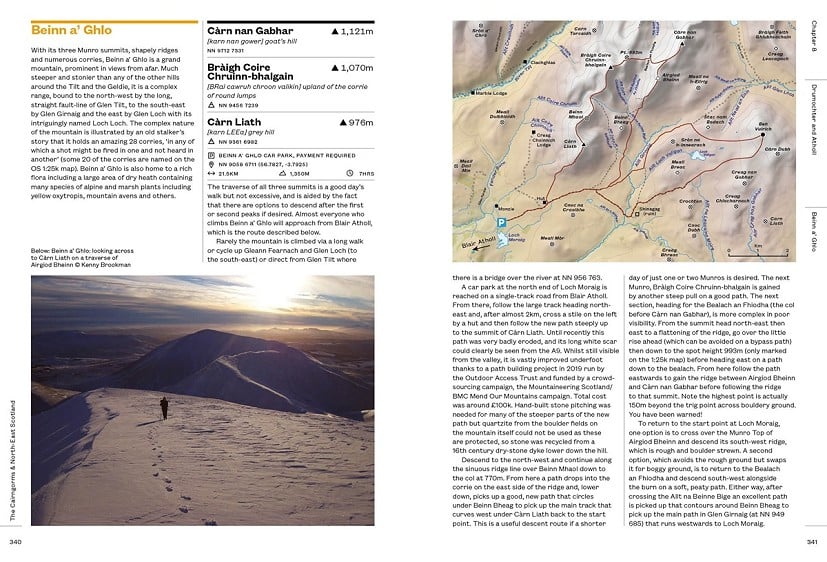

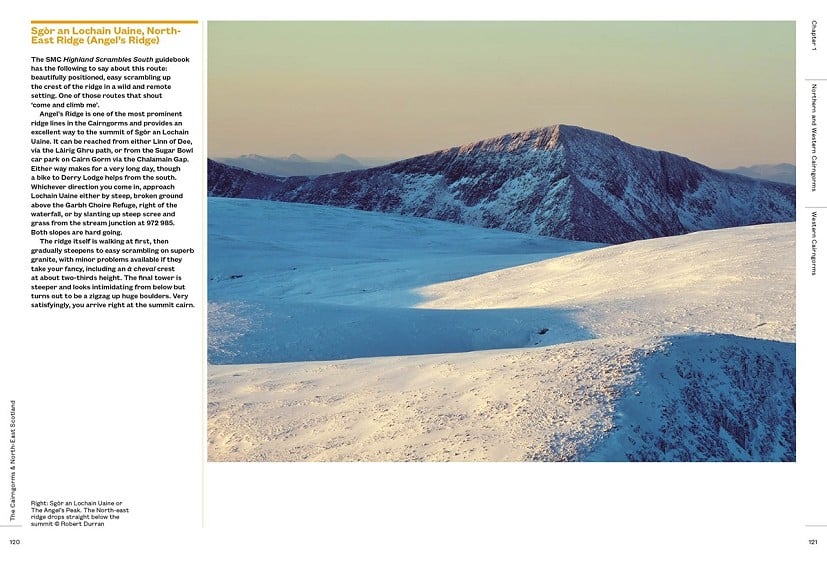


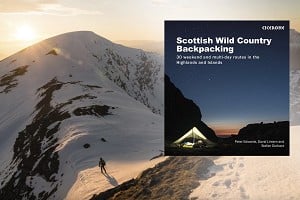

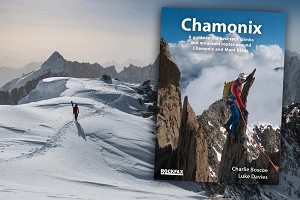
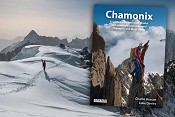
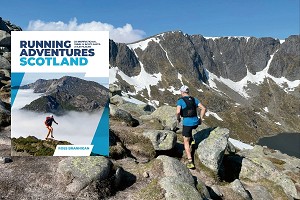

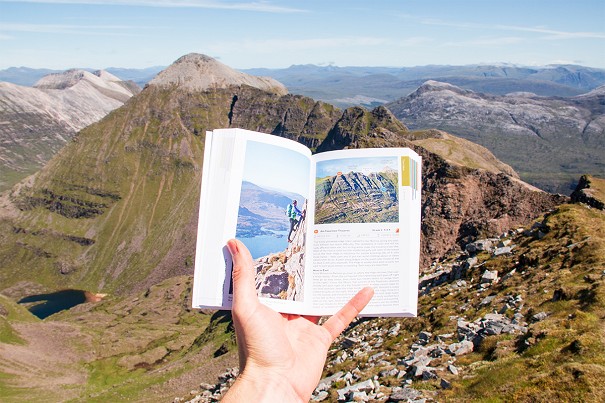

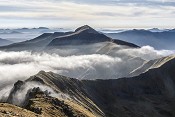
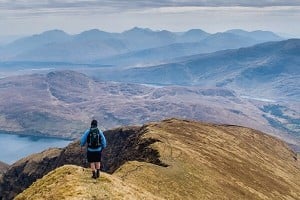
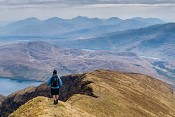
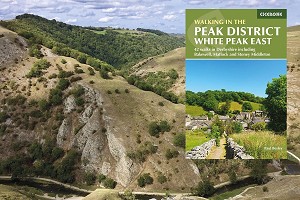

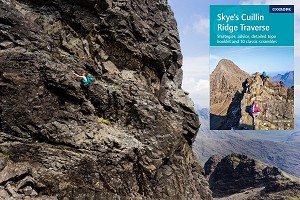
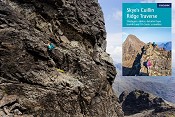
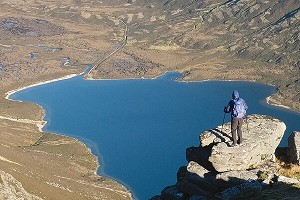
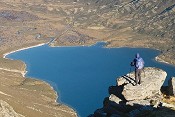
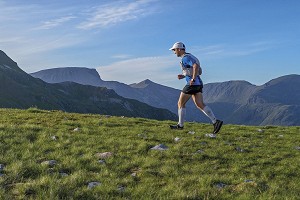
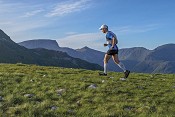

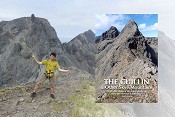
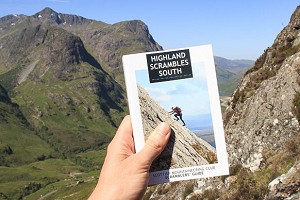
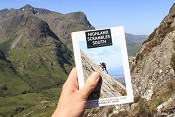
Comments
It is certainly a handsome looking book and a worthy successor to the old District Guides I grew up with in my formative hill walking days. Nice of you to feature two pages with my photos in your review🙂.
I have several editions of the District Guide and am looking forward to getting my mitts on this one.
A better format than the redline guides. The old guides still get a fair bit of use
It's a great and review and it's really good book. Brilliant pictures, more routes and ideas than you can shake a stick at and so much extra info to keep things interesting.
I've just written my review for the SMC Journal and purposely waited until after writing it before reading the UKC review.